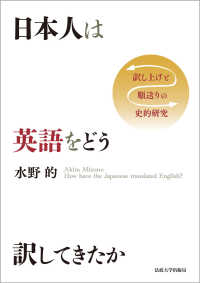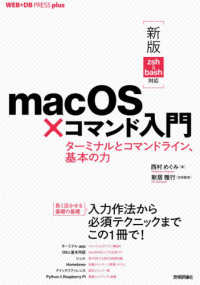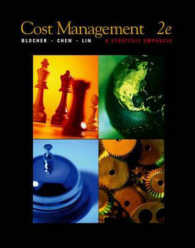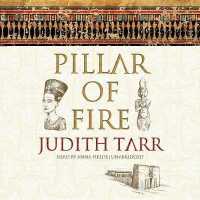- ホーム
- > 洋書
- > 英文書
- > Business / Economics
Full Description
The majority of workers in South Asia are employed in industries that rely on manual labour and craft skills. Some of these industries have existed for centuries and survived great changes in consumption and technology over the last 150 years. In earlier studies, historians of the region focused on mechanized rather than craft industries, arguing that traditional manufacturing was destroyed or devitalized during the colonial period, and that 'modern' industry is substantially different. Exploring material from research into five traditional industries, Tirthankar Roy's book contests these notions, demonstrating that while traditional industry did evolve during the Industrial Revolution, these transformations had a positive rather than destructive effect on manufacturing generally. In fact, the book suggests, the major industries in post-independence India were shaped by such transformations. Tirthankar Roy's book offers penetrating insights into India's economic and social history.
Contents
List of illustrations; List of maps; List of tables; Acknowledgements; 1. Introduction; 2. Markets and organization; 3. Handloom weaving; 4. Gold thread (jari); 5. Brassware; 6. Leather; 7. Carpets; 8. Conclusion; References; Index.








